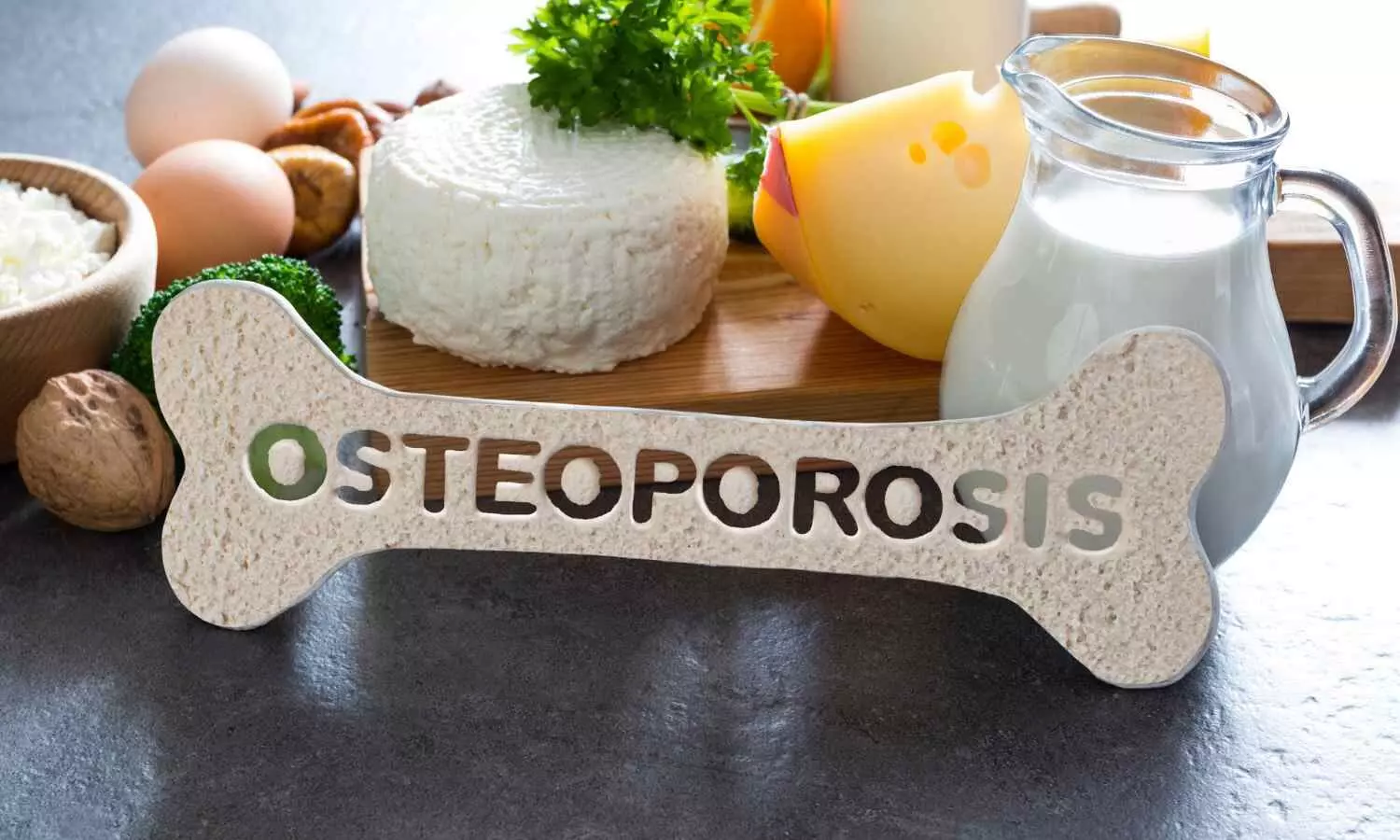Late Night Eating and Skipping Breakfast Linked to Higher Osteoporotic Fracture Risk: Study
- byDoctor News Daily Team
- 22 September, 2025
- 0 Comments
- 0 Mins

Researchers have found in a large study of 927,130 adults that skipping breakfast raised fracture risk by 18% and late-night dinners by 8%. Smoking also increased risk, while daily alcohol intake, faster walking speed, and adequate sleep were protective, underscoring the role of meal timing in bone health. People who skip breakfast and eat late dinners may have an increased risk of developing osteoporosis, according to a new study published in the Journal of the Endocrine Society. Lifestyle habits, such as exercise, alcohol consumption and smoking, are known to increase people’s risk ofosteoporosis, however little is known about the association between osteoporotic fracture and diet. “This study aimed to examine the association between lifestyle habits such as diet, and the risk of osteoporotic fracture,” said study author Hiroki Nakajima, M.D., Ph.D., of Nara Medical University in Nara, Japan. “We found skipping breakfast and having late dinners was associated with an increased risk of osteoporosis. Furthermore, these unhealthy eating habits were found to be linked with the accumulation of other lifestyle risk factors such as physical inactivity, smoking and insufficient sleep.” The researchers used a large health checkup cohort of 927,130 adults (45.3% male and 54.7% female) from a Japanese claims database to find the association between lifestyle factors and the diagnosis of osteoporotic fracture (hip, forearm, vertebral and humeral fractures). They found people who had unhealthy habits such as smoking, daily alcohol consumption, not enough exercise or sleep, skipping breakfast, and having late dinners, were more likely to be diagnosed withosteoporosis. “These results suggest that preventing osteoporosis and fractures requires not only healthy eating habits but also a broader effort to improve overall lifestyle behaviors,” Nakajima said. Other study authors are Yuichi Nishioka, Yuko Tamaki, Fumika Kamitani, Yukako Kurematsu, Sadanori Okada, Tomoya Myojin, Tatsuya Noda, Tomoaki Imamura, and Yutaka Takahashi of Nara Medical University. The Japan Ministry of Education, Culture, Sports, Science and Technology funded the research.
Disclaimer: This website is designed for healthcare professionals and serves solely for informational purposes.
The content provided should not be interpreted as medical advice, diagnosis, treatment recommendations, prescriptions, or endorsements of specific medical practices. It is not a replacement for professional medical consultation or the expertise of a licensed healthcare provider.
Given the ever-evolving nature of medical science, we strive to keep our information accurate and up to date. However, we do not guarantee the completeness or accuracy of the content.
If you come across any inconsistencies, please reach out to us at
admin@doctornewsdaily.com.
We do not support or endorse medical opinions, treatments, or recommendations that contradict the advice of qualified healthcare professionals.
By using this website, you agree to our
Terms of Use,
Privacy Policy, and
Advertisement Policy.
For further details, please review our
Full Disclaimer.
Recent News
PG AYUSH: DME Gujarat notifies schedule for Round...
- 28 October, 2025
Delhi Doctor accused under PCPNDT Act gets court r...
- 28 October, 2025
TCT 2025: ShortCUT Trial Compares Cutting Balloon...
- 28 October, 2025
Daily Newsletter
Get all the top stories from Blogs to keep track.


0 Comments
Post a comment
No comments yet. Be the first to comment!